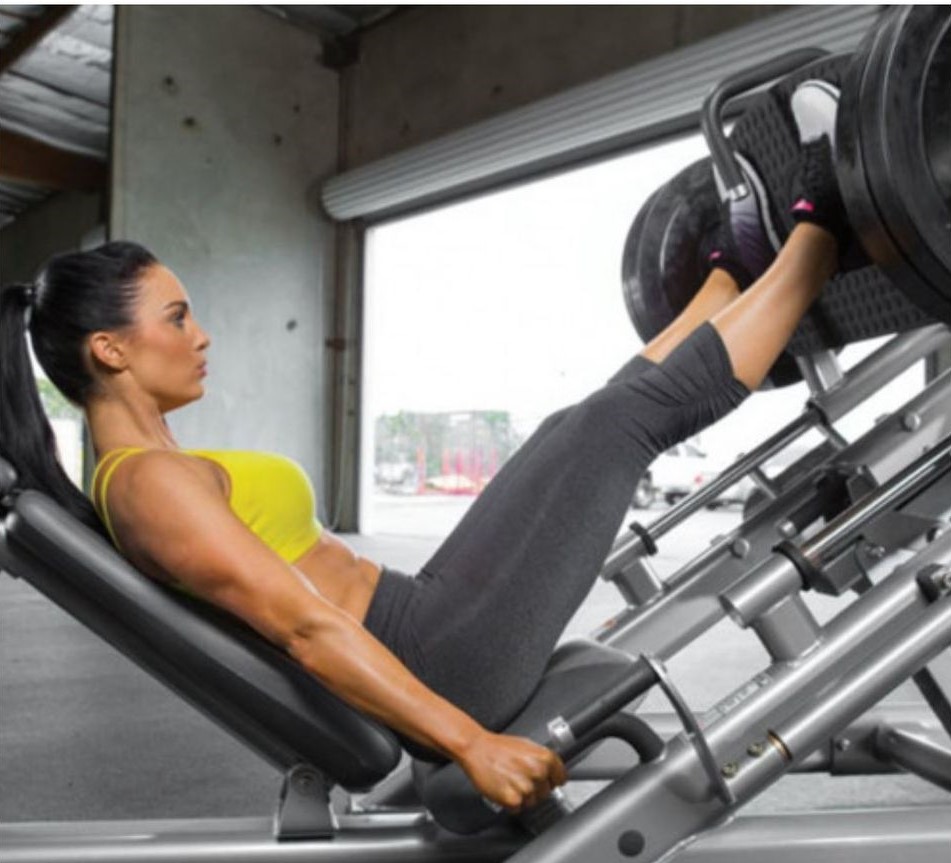Leg Press

Sports therapy isn’t just about treating injuries with massage. It is also about teaching how to prevent performance limiting injuries through correct technique and posture, so that the client can continue to reach their goals, and become fitter and stronger. This “Gains without Pains” series of posts will take common exercises done in the gym and look at correct posture and technique in order to reduce the risk of injury.
LEG PRESS
BENEFITS
- targets the glutes and thighs
COMMON MISTAKE
• Pressing The Weight Through Your Toes - pressing the weight through your toes places the knees under increased stress, pressing the weight through your heels will hit your quads effectively while protecting your knees from injury
• loading the leg press up with increased weight but then doing partial reps may stimulate the quads for increased size and strength, but training through a full range of motion will maximize the amount of stimulation and growth you can achieve
• don’t start with the knees ‘too deep’ – this will strain the lower back. The goal should be to lower the weight as far down as you comfortably can without allowing the tension to leave your quads. Once you reach the point where going any further would take the stress off the quads and shift it into your lower back, stop there and press the weight back up again. For most people, this means approximately a 90 degree angle.
• While using a full range of motion is important for optimal muscle building results, using too large a range of motion will shift the stress onto the lower back rather than engage the quads, reducing the effectiveness of the lift in building up quad size and strength, and increasing the risk of injury
• If the knees tend to buckle inwards on the leg press it’s usually due to weak hip abductors coupled with tight/over-active hip adductors, and can increase stress on knee, hip and lower back
• Placing your feet too high on the leg press platform, transfers the tension from your quads to your glutes instead. Placing the feet too low increases the stress on the knees and reduces your ability to press through your heels.
• Pushing your lower back into the pad throughout the exercise minimizes the stress on your lower back by preventing it from rounding over, and increases the amount of force you can generate with your quads by giving you something to press your body against. Placing your hands on your knees greatly diminishes your ability to do this effectively, and you should instead be grasping the handles on the machine at all times in order to keep your lower back firmly in place.
• By locking out your knees during the leg press, you reduce the tension on your quads and increase the stress on your knee joints so stop just short of locking out on each rep.
GOOD TECHNIQUE
- legs shouldn’t be over 90 degrees to start
• straighten the legs by pushing through the heels
• don’t lock the knees at the top
• maintain a relaxed position with the head against the support
• maintain a natural curve in the back
